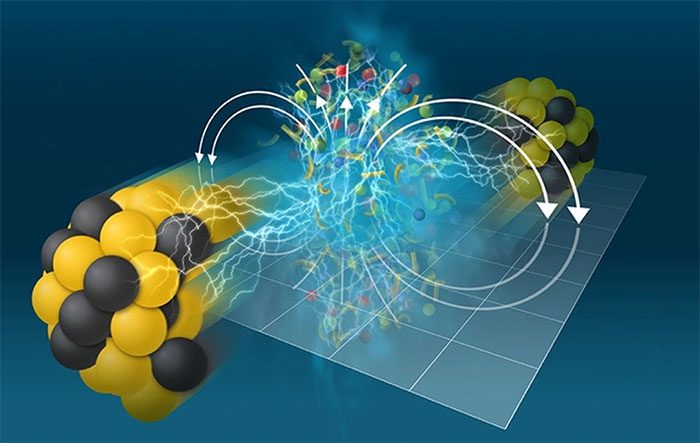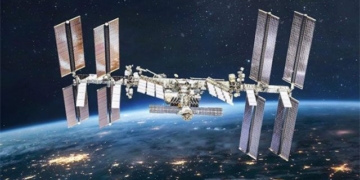This magnetic field is over 10,000 times stronger than the strongest known neutron star, and more than 10 trillion times stronger than what a typical refrigerator magnet can produce.
There are places in the universe where matter exists in such extreme distortions that magnetic fields develop into incredibly strong forces, potentially reaching up to 100 trillion gauss (where gauss is the unit of measurement for magnetic field strength.)
These are typically found in the gravitationally compressed cores of very dynamic neutron stars. However, there are areas on Earth that possess strengths that even surpass these exotic objects.

There are areas on Earth that possess strengths that even surpass these exotic objects. (Image: Physx).
An analysis of particle interactions at the Brookhaven National Laboratory, part of the U.S. Department of Energy (DOE), has found traces of an extremely strong magnetic field on the jets of material after they interact.
It is known that they formed these jets by colliding the nuclei of various heavy ions, including quarks and gluons.
By measuring the debris released by the off-center collisions, physicists found that the force is so strong that it can produce more gauss than a vibrating neutron star.
“The moving positive charges create a very strong magnetic field, reaching approximately 1018 gauss“, said Gang Wang, a representative of the research team. “This is probably the strongest magnetic field in our universe.”
To put this number into perspective, it is over 10,000 times stronger than the magnetic field of the strongest neutron star known, and over 10 trillion times stronger than the 100 gauss that a typical refrigerator magnet can produce.
Nonetheless, its duration is incredibly short. While magnets can create magnetic vortices that can last for tens of thousands of years, the magnetic explosions caused by particles will only last for 10 trillionths of a billionth of a second.
For this reason, its presence can only be felt by the charged quarks released after the collision.
According to experts, this experiment provides deeper insights into the forces acting deep within an atom, as well as the distribution of particles within matter.





















































